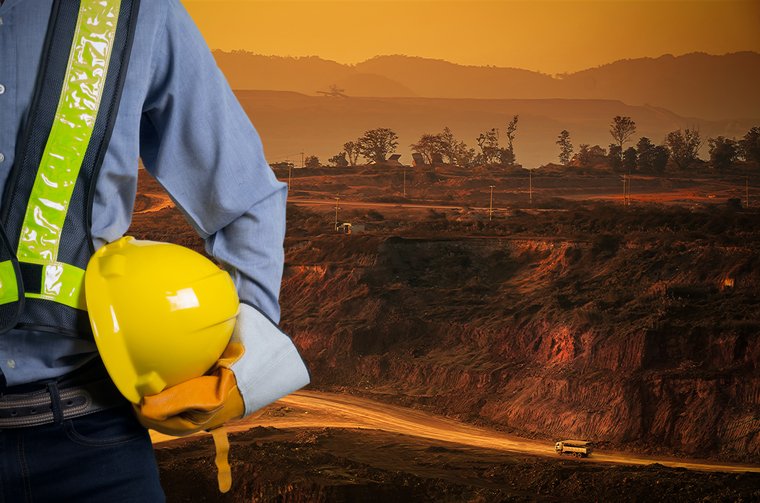Making Northern Australia a special economic zone with low taxes and less red tape, and devolving governance away from Canberra to regional hubs such the Kimberly, will deliver an economic boom and make Australia safer.
 According to a report earlier this month, the Government is planning to strengthen Australia's engagement with India and Southeast Asia, in part to reduce Australia's economic dependence on China. The rise of China over the past two decades has generated many benefits for the Australian economy, particularly in the resources sector. Increased demand for commodity exports from Australia has driven investment, job creation, and supported the growth of regional communities.
According to a report earlier this month, the Government is planning to strengthen Australia's engagement with India and Southeast Asia, in part to reduce Australia's economic dependence on China. The rise of China over the past two decades has generated many benefits for the Australian economy, particularly in the resources sector. Increased demand for commodity exports from Australia has driven investment, job creation, and supported the growth of regional communities.
However, this has come at the cost of a growing dependence on the Communist dictatorship which, if not managed, will erode Australia's economic and political sovereignty.
The federal government's planned return to a Budget surplus this financial year would not be possible without the revenue generated from commodity exports to China. This has created a vulnerability for Australia and provided China with leverage.
In December the Chinese Ambassador to Australia, Cheng Jingye, hinted at this when he said China's purchases of Australian exports "... is largely responsible for the federal budget returning to surplus ahead of schedule".
Northern Australia Minister Matt Canavan, for one, appears alive to the issue, stating "we [Australia] shouldn't hitch our star to one country because that elevates risk, not just from a political perspective but from an economic one, too."
The task is to pivot Northern Australia, which is the area above the Tropic of Capricorn and all of the Northern Territory, away from its heavy reliance on China.
There are already some good initiatives underway. During the recent US-China trade war, concerns were raised that a large amount of the rare earth minerals used for US military equipment and industry came from China, creating a national security vulnerability.
This led to renewed interest in Australia culminating in an agreement last year for the US to expand its use of Australia's rare earth minerals including antimony, manganese, and rutile. Australia is the second largest producer of rare earths, accounting for 13 per cent of global production. This initiative sits alongside the Northern Australian Infrastructure Facility, which provides finance to projects in the region, and an expansion of defense capabilities in areas such as Darwin.
Now is the right time to build on this good start by turning Northern Australia into a Special Economic Zone.
SEZs are designated areas where tax and regulation are significantly relaxed or reduced. The focus of such a zone in Northern Australia would be to promote investment, create employment opportunities, and transform depressed and under-developed regions into areas of considerable economic activity and opportunity.
Reducing regulation and red tape will enable the development of more infrastructure, such as dams, which is crucial to the development of the region. The North of Australia receives approximately 60 per cent of Australia's rainfall but currently only about two per cent is captured.
Crucially, a special economic zone will enable the North to access more diverse sources of capital and investment. The two major impediments to business investment in Australia are the corporate tax rate and red tape. Australia's corporate tax rate of 30 per cent is well above the OECD average of 25 per cent, while red tape reduces the size of the Australian economy by $176 billion each year which is the equivalent to 10 per cent of GDP.
As a consequence, new private sector business investment in Australia is just 10.9 per cent of GDP which is lower than the rate in the economically depressed Whitlam-era.
A lower regulatory and tax impost will help the north access more capital from the US, South-East Asia, and India.
Economic liberalisation is not only necessary for economic prosperity. It is now a national security imperative.
No comments:
Post a Comment